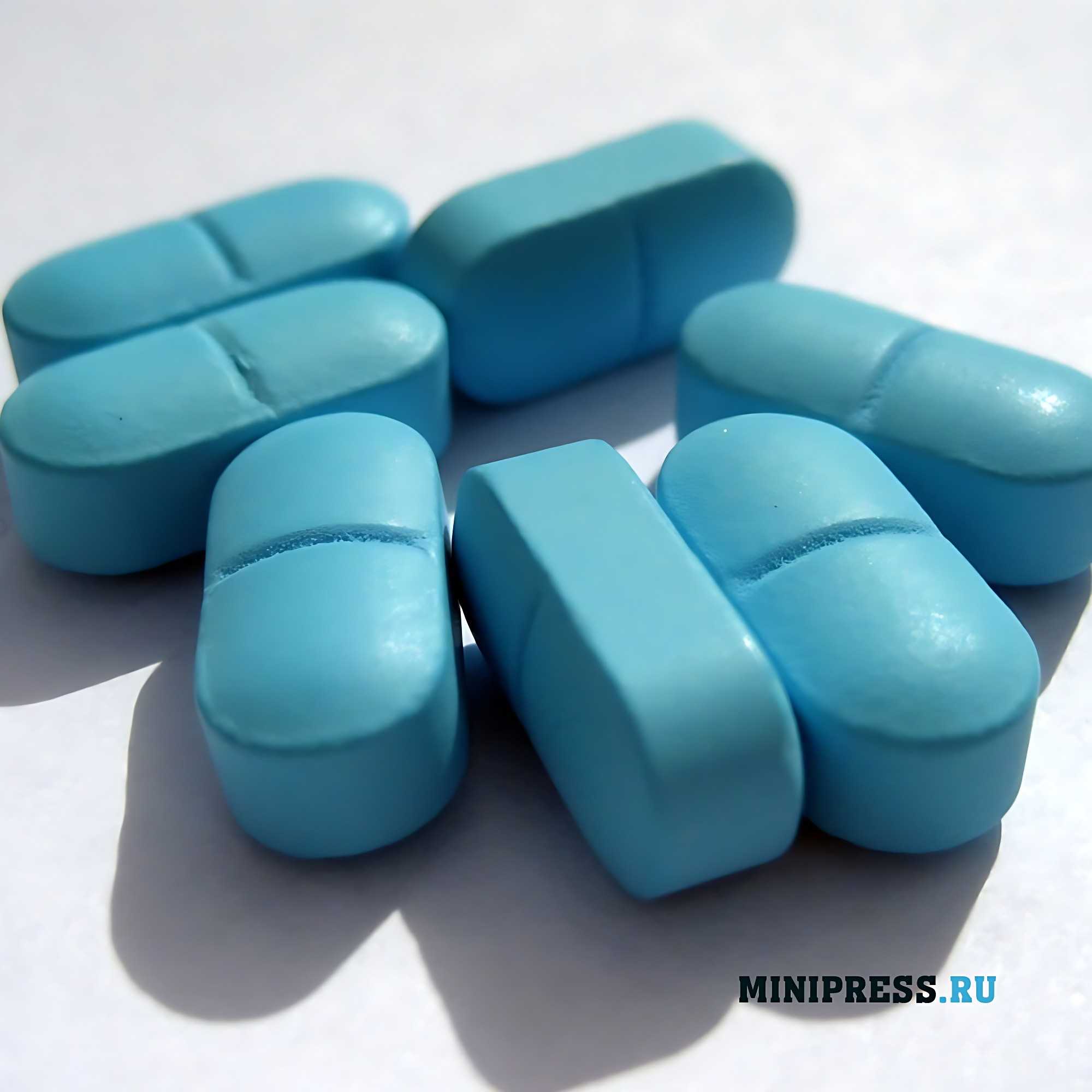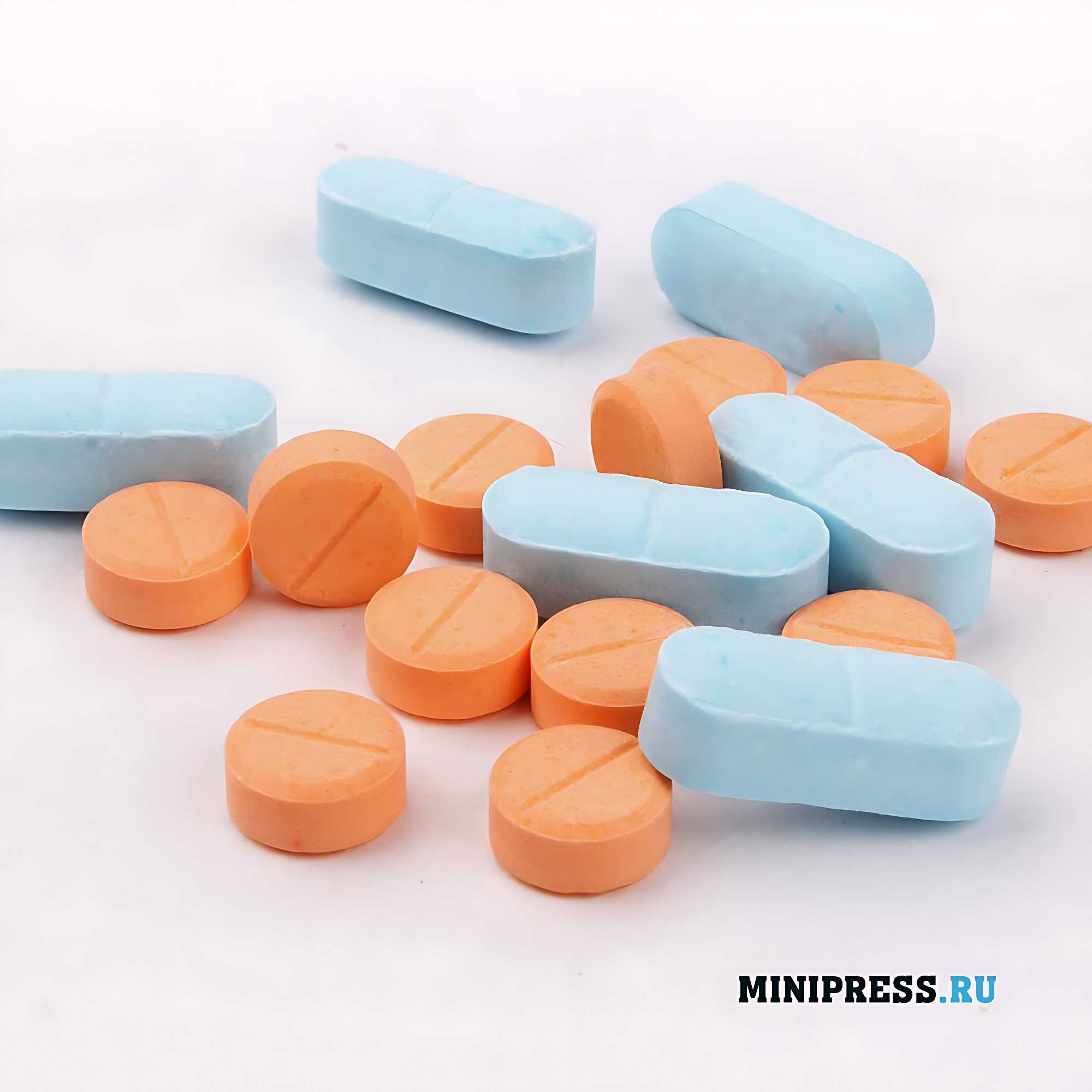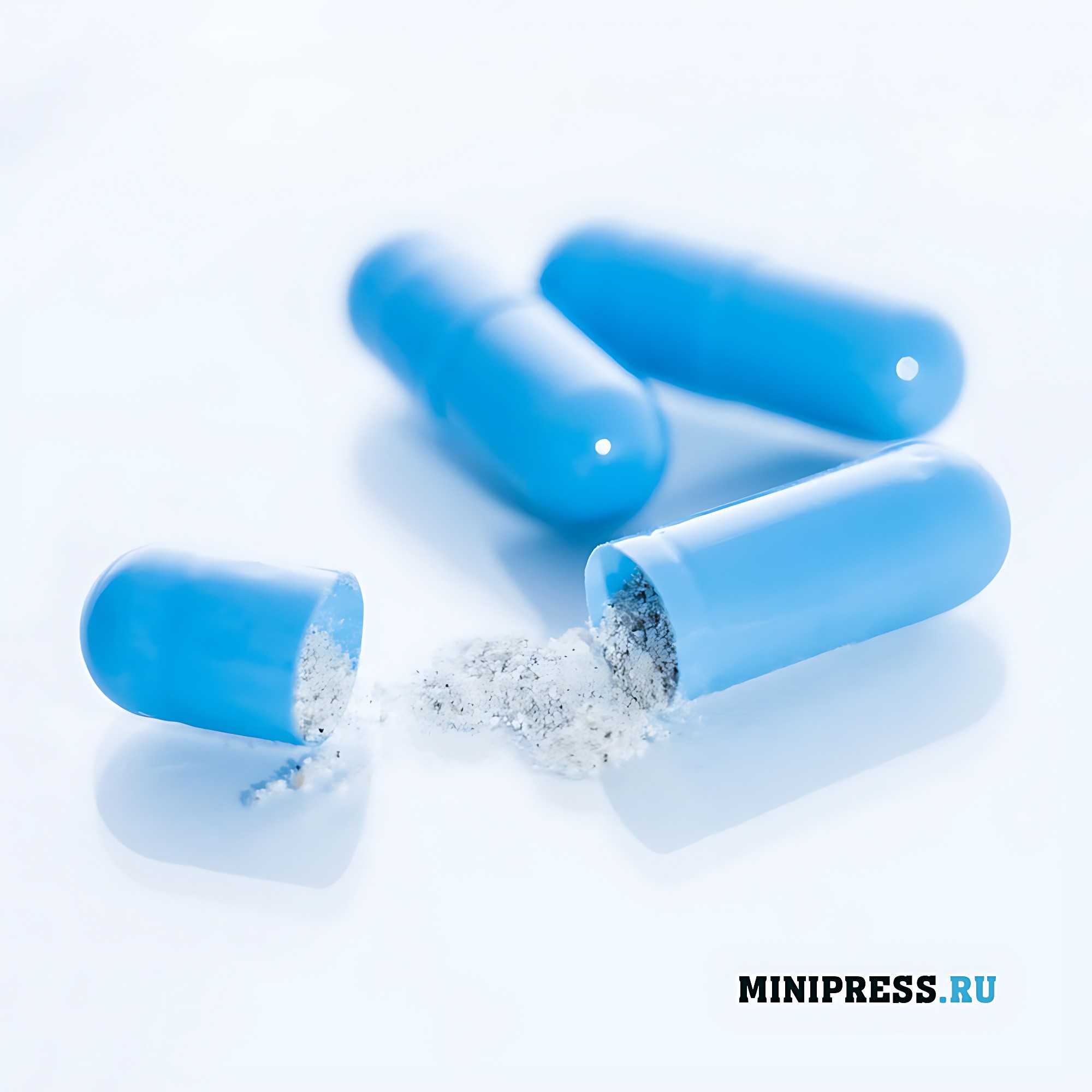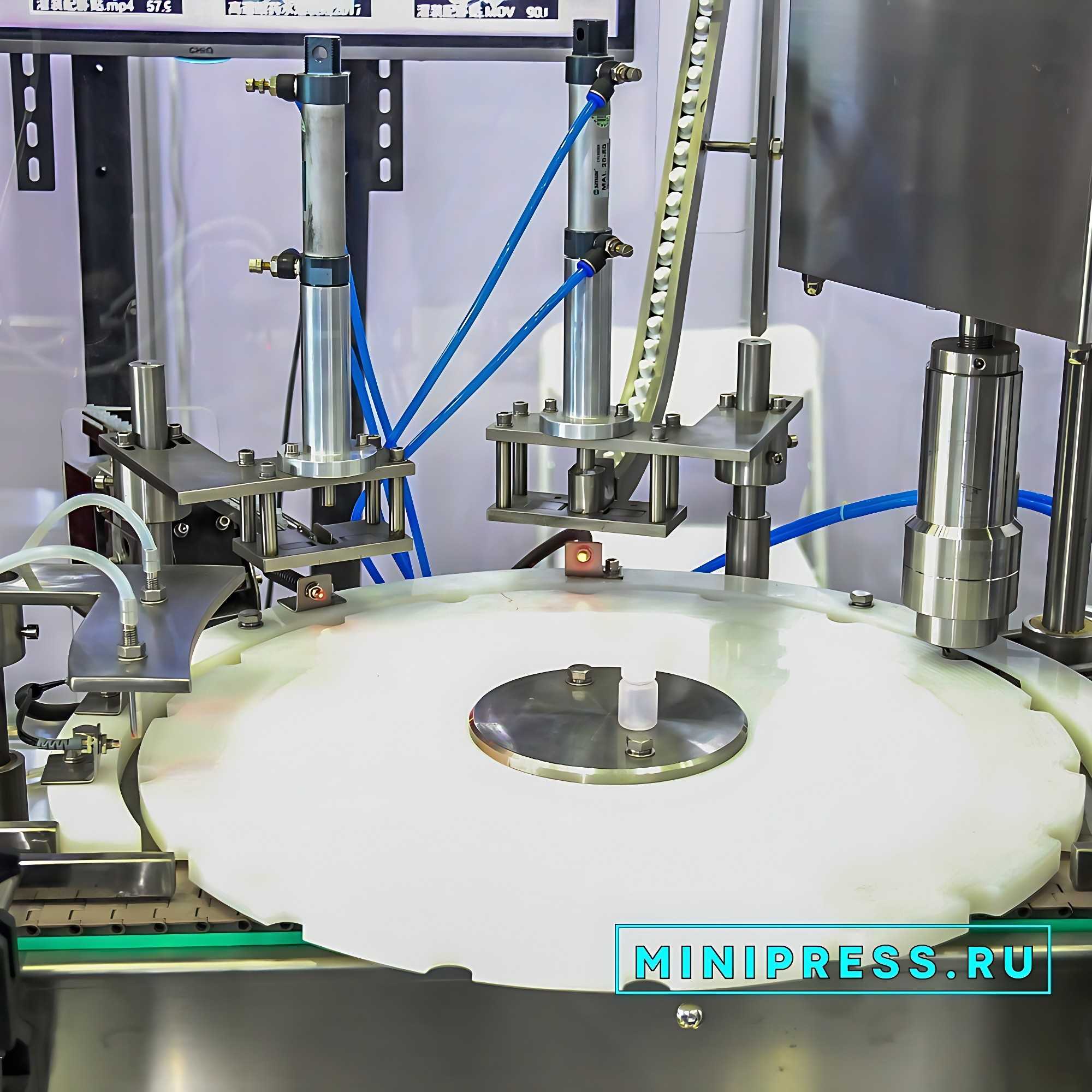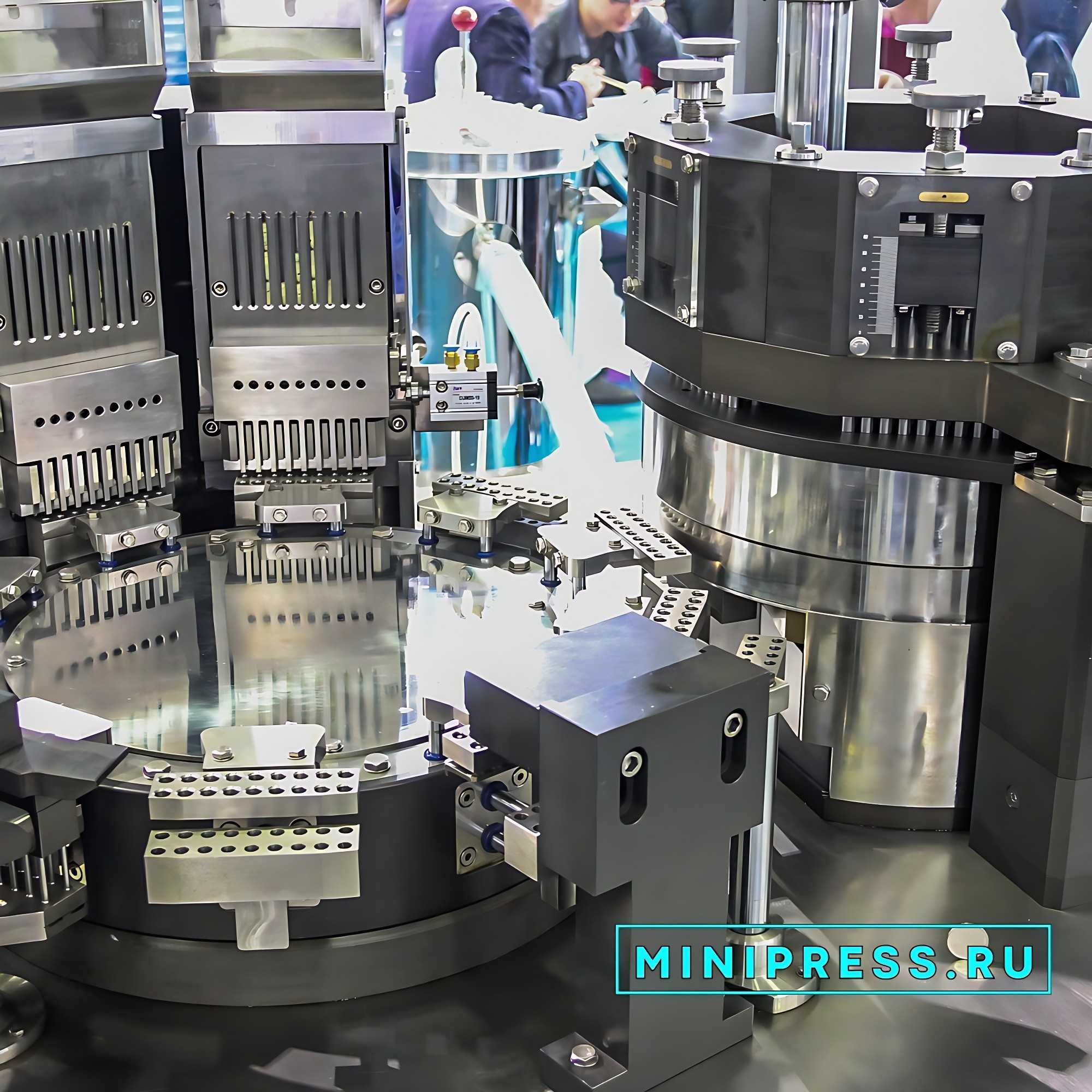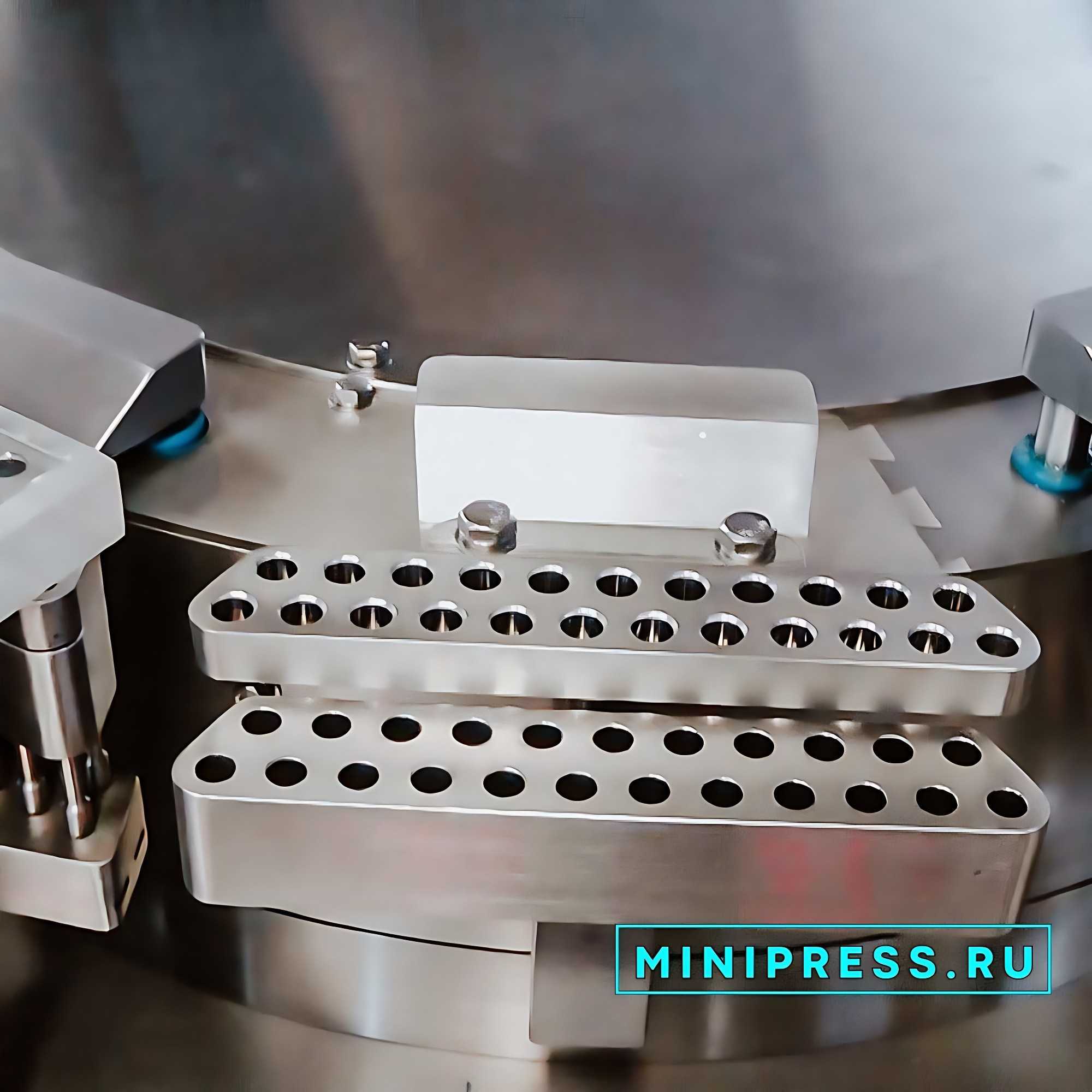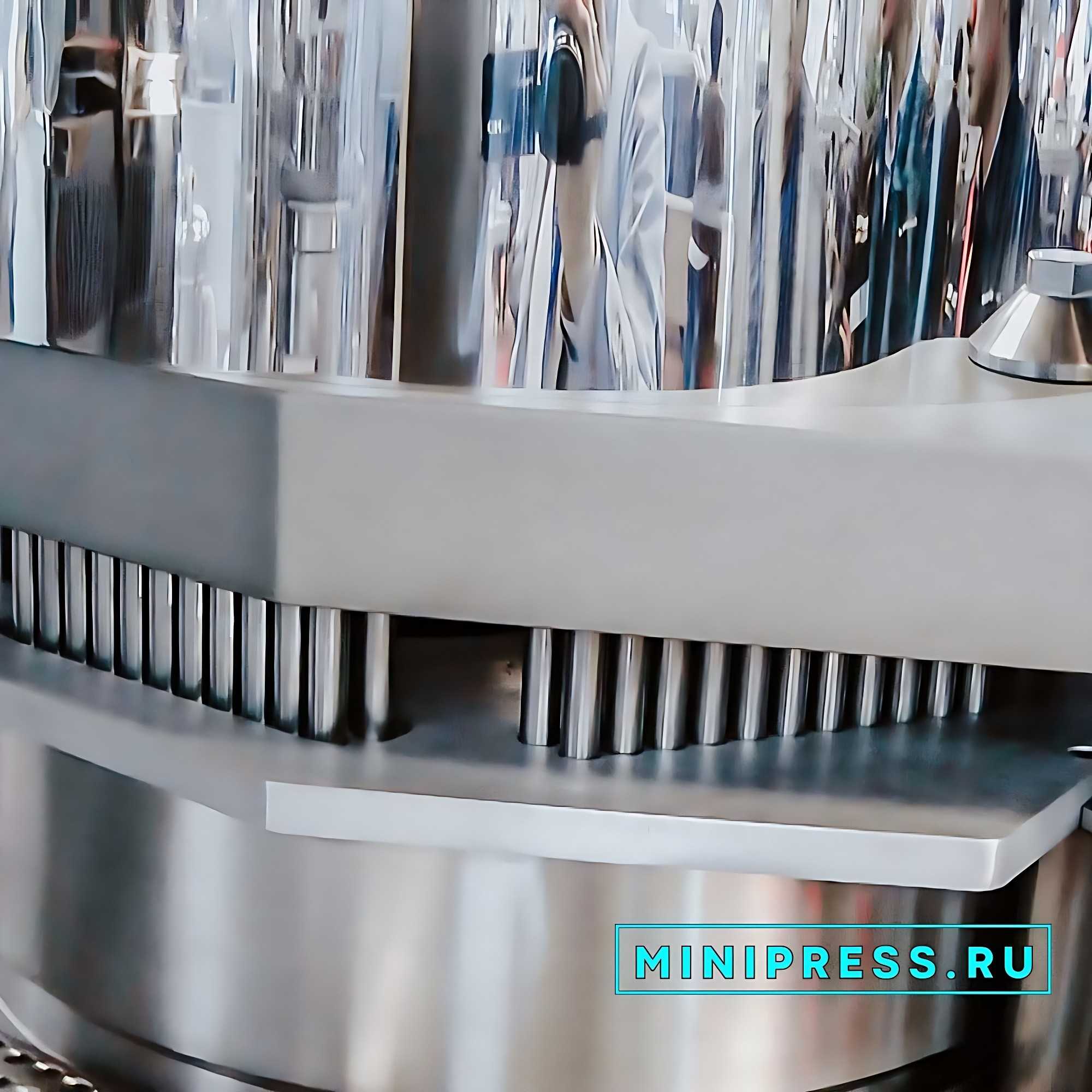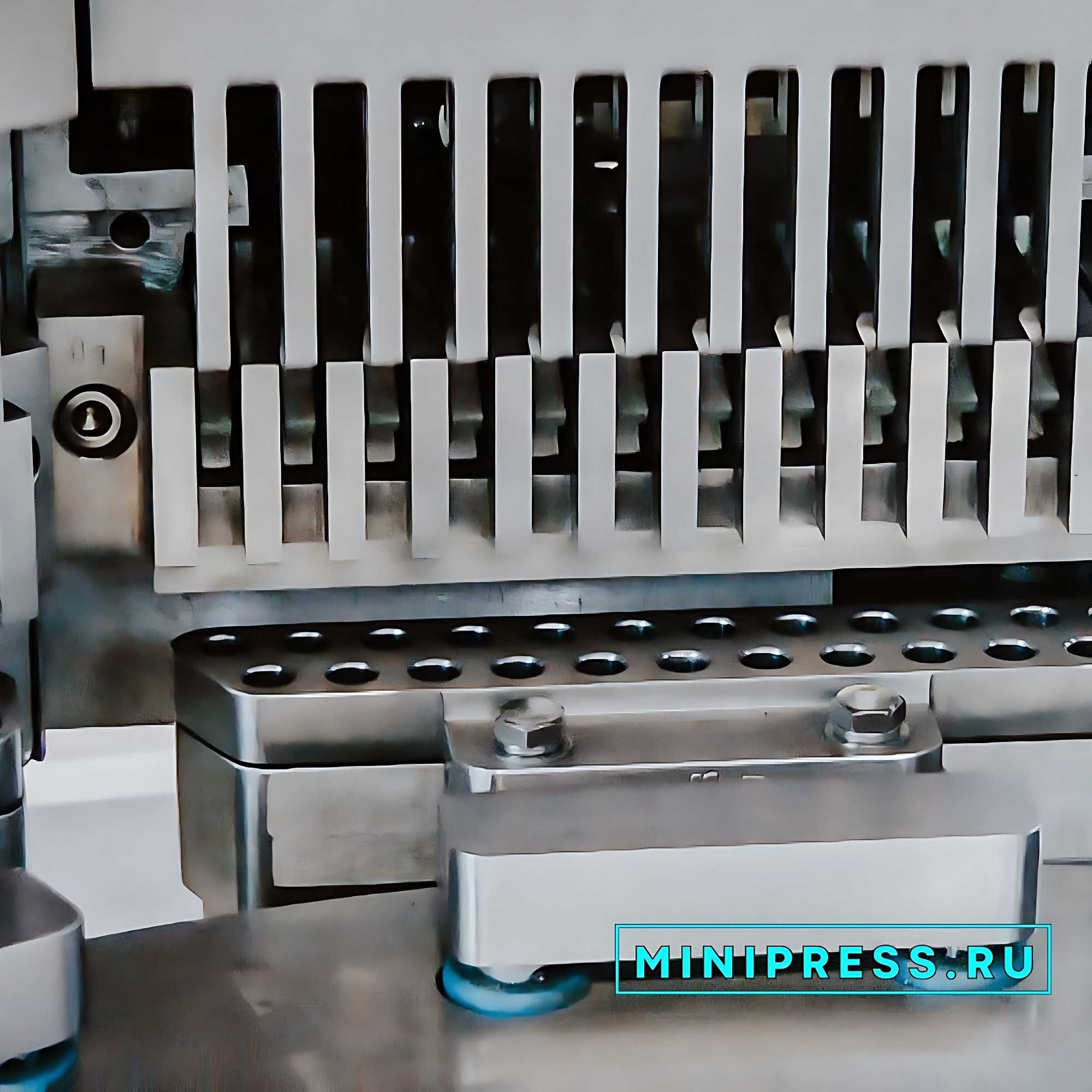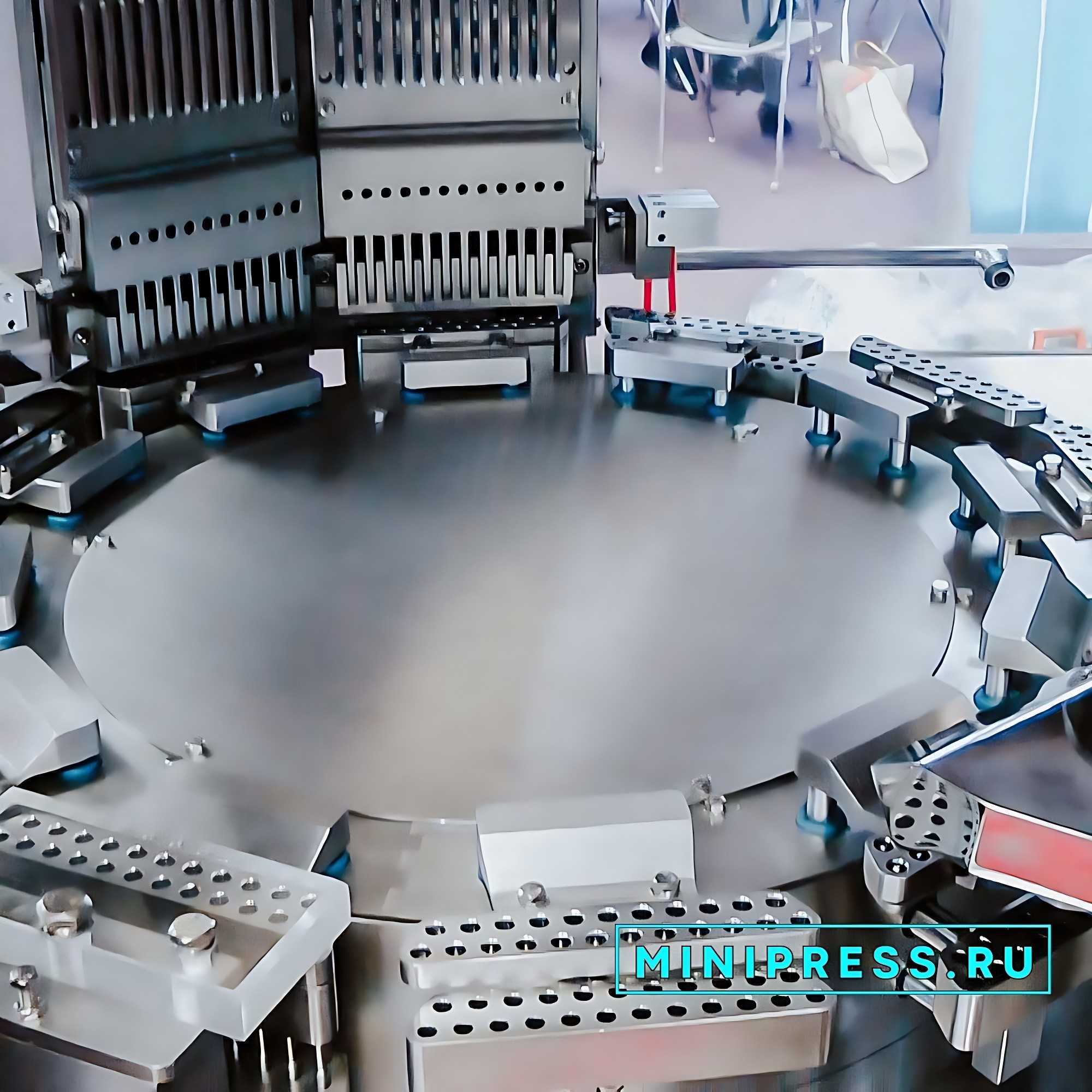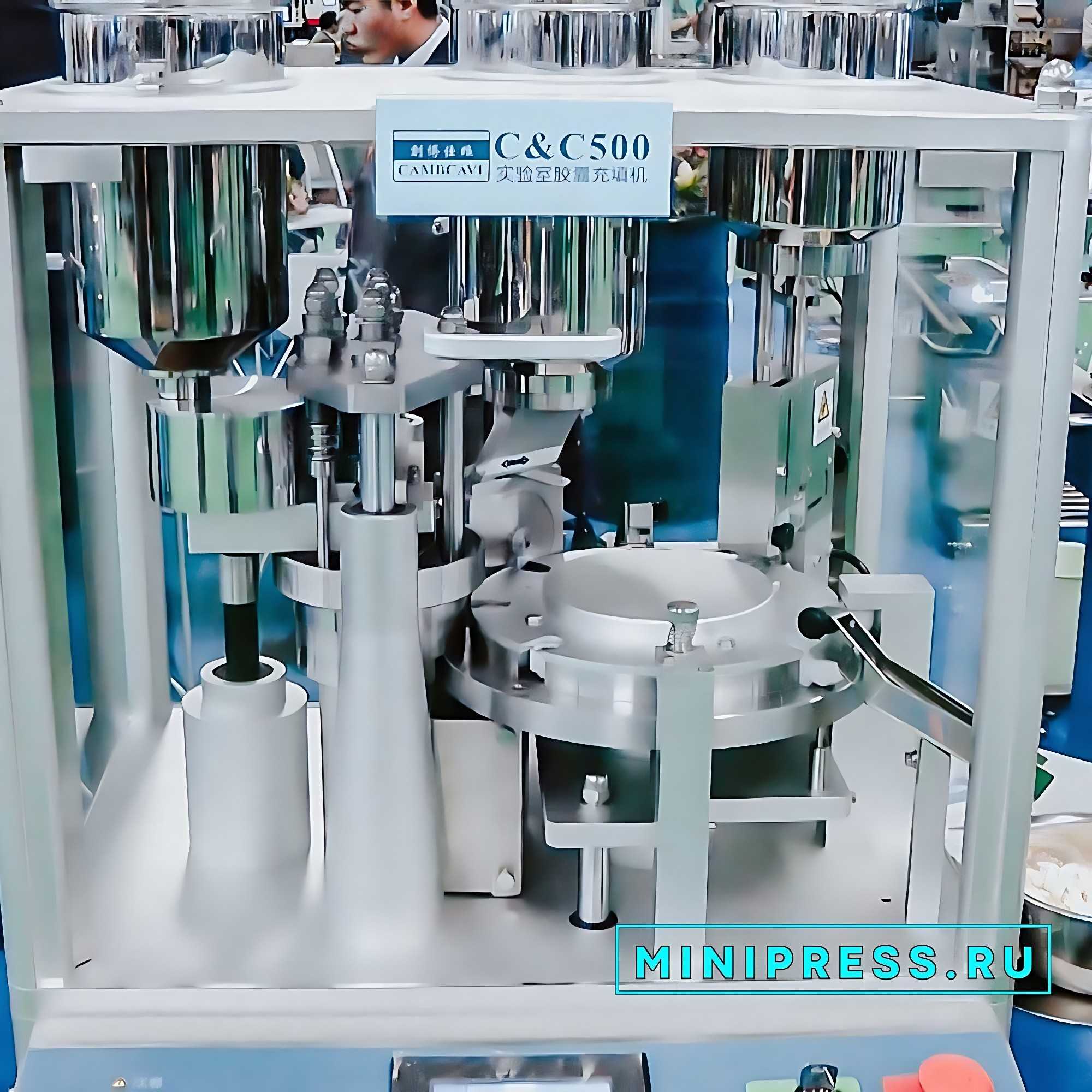Tableting (pressing) is the process of forming tablets from granular or powdery material under pressure. In modern pharmaceutical production, tableting is carried out on special presses called tablet machines.
HOW TO REDUCE THE PRICE?
The reason for the price reduction could be:
• Selecting a payment method
• Payment under contract directly to the manufacturer
• Ordering more than two items of equipment
• Refusal of delivery and customs clearance
• Eliminating equipment inspection prior to shipment
Everyone and always give good discounts, easy to bargain!
Phone: +79853643808
E-mail: info@minipress.ru
 8218
8218 7654586
7654586